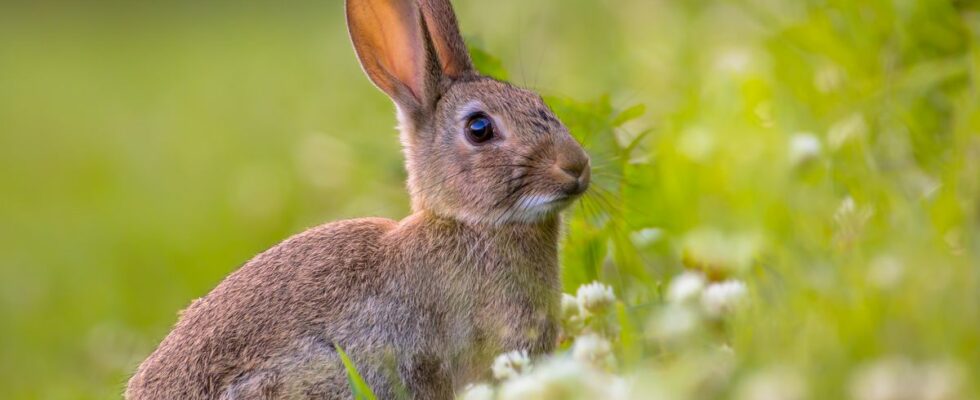“There are tens of thousands of them, we even see them during the day, even though they are rather nocturnal animals. In the Mauguio area, the number of wild rabbits is really something. “ Delegate of the departmental federation of hunters for the east of Hérault, Bernard Ganibenc details an extremely tense situation east of Montpellier. So much so that the prefecture has just classified the animal, in 12 municipalities near Montpellier, as a “species likely to cause damage”.
“It’s a satisfactory decree, recognizes Olivier Grard. But it comes very late. We’ve been ringing the alarm bells for five years. We lost a lot of time and today the situation is dramatic”. Like many farmers in the Pays de l’or, the general manager of Gradilis, a farm based in Mudaison, is strongly affected by the proliferation of the rodent. “The damage caused by the wild rabbit has reached an exceptional level with nearly 1,400 hectares of field crops, vines, market gardening, arboriculture, impacted, specifies the prefecture. They generate significant crop losses and heavy financial burdens for farmers who have to implement crop restoration work and protective measures. »
The intervention of browsers
Fewer hunters, fewer foxes – considered a harmful and hunted species – more urbanization, not to mention the surroundings of the new bypass line between Montpellier and Nîmes, where rabbits proliferate without the presence of man… On these agricultural land, there are many reasons for this overpopulation. “For a long time, we let our guard down, with myxomatosis which caused significant mortality in these animals, explains Olivier Grard. But species much more resistant to this disease have been imported from the United States, via Italy and Spain”.
This classification extends the hunting period by one month and, until June 30, the trapping authorization. In the department, there are 70 approved and voluntary trappers. It is accompanied by a ferret, an animal specially trained for this task, which gave them their nickname of ferreteurs, that each trapper goes into action. He locates the entrances to the burrows, places traps called tubes there. The ferret enters on one side of the burrow, the rabbits flee on the other and are trapped. “On average, currently, we will trap around fifty animals, at each passage”, explains Henry Chambe, vice-president of the association of approved trappers of Hérault. Captured lagomorphs are released alive in areas where there are not too many of them, particularly in the scrubland.
“We are losing the war”
A female can have between three and five litters per year, with each litter consisting of an average of five young. Among them, the females reach sexual maturity around four months. So, Olivier Grard decided to dedicate two full-time agricultural employees to browsing: “They are approved by the prefecture. I bought a couple of ferrets, which were trained. To return to an acceptable balance, it will take several years. As long as everyone works in the same direction. We must rely on certified hunters and trappers, but their number will not be enough. Each operator must follow the same procedure. »
And, no doubt, find a natural ally not far from having disappeared from the countryside. “The fox contributed to a balance that is now broken,” concludes the farmer. We ask the prefecture that he be removed from the list of harmful animals. In this war against the rabbit that we are losing, it is our best ally”.

